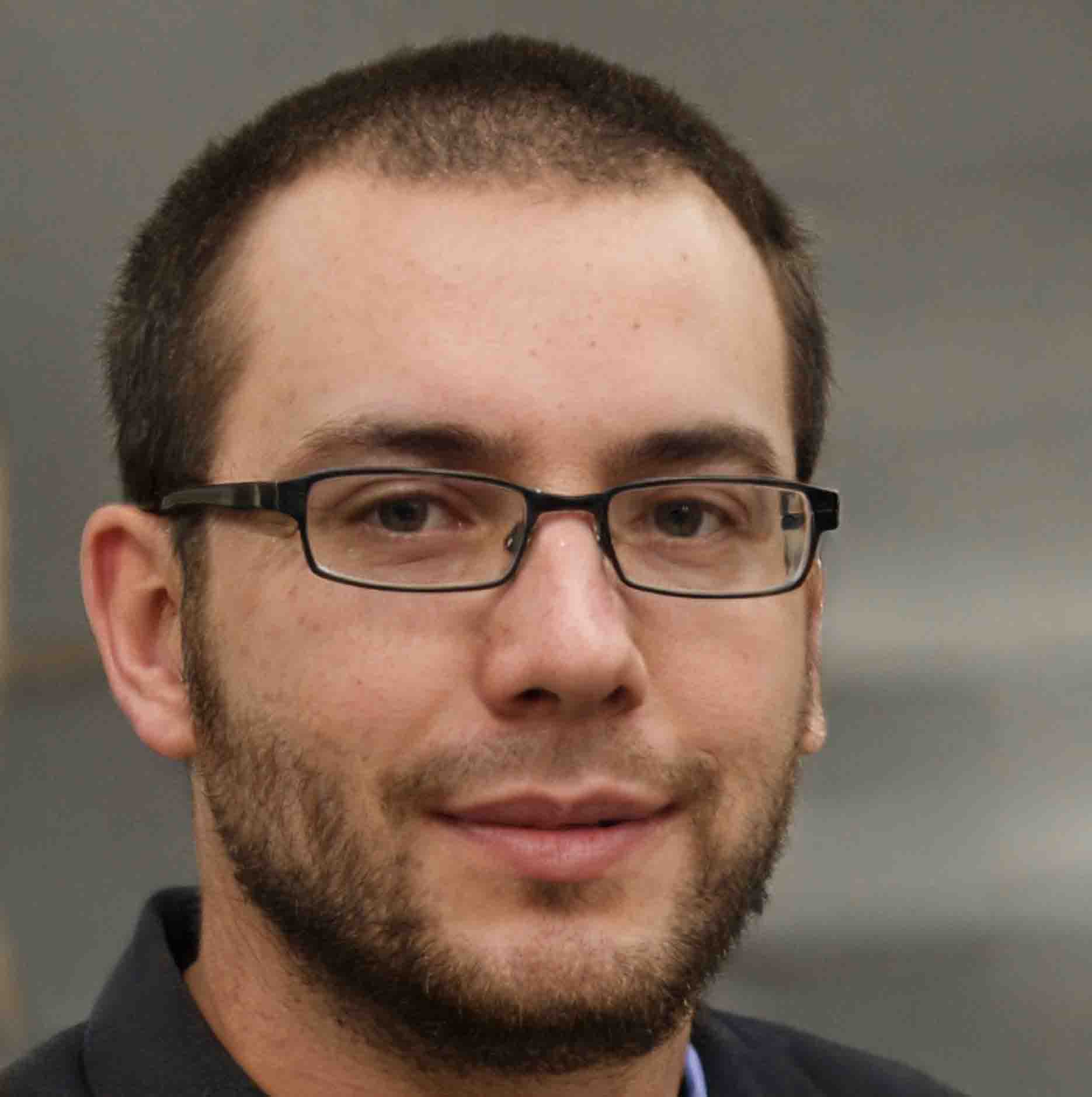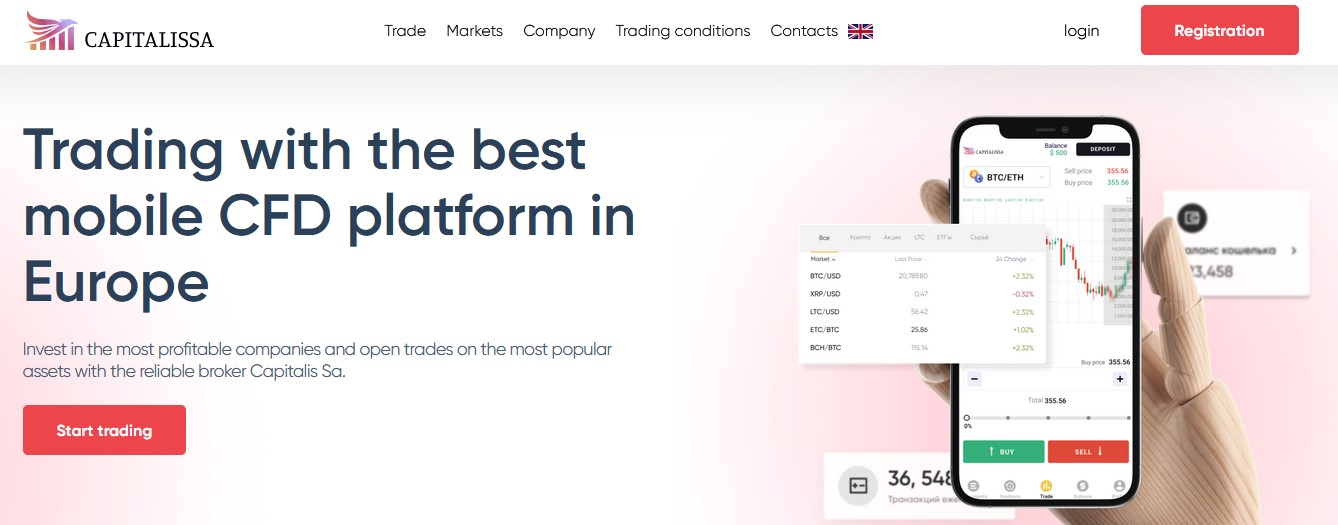Smith's absolute advantages
.webp) Julius Conley
10 / June / 22
Visitors: 709
Julius Conley
10 / June / 22
Visitors: 709
Adam Smith is best known for laying the foundations of modern economic theory. Among his many contributions, he highlighted the benefits that countries can derive from trade.
International trade boosts productivity as each country specializes in the most productive sectors to increase overall output (and hence consumption). This idea is related to Smith's example of pin making: by separating the successive operations that make a pin, Smith shows that productivity is greatly increased by division of labor. International trade, allowing for greater market size and hence division of labor, increases the benefits.
Smith's theory of international trade is called absolute advantage theory. This shows that each country is interested in specializing in production, in which it has an absolute competitive advantage over others, and then in exchanging its products.
Ricardo's Comparative Advantage
In the early 19th century, the English economist David Ricardo continued Smith's work, but showed that a country was interested in specializing and participating in international trade, even if it did not have an absolute competitive advantage.
This is the theory of comparative advantage: each country has an interest in specializing in the production in which it is comparatively most competitive and in trade. Ricardo's conclusion, which may seem illogical, is that any country benefits from international trade, regardless of its level of development.
David Ricardo illustrates his theory with two commodities and two countries: textiles and wine, as well as Portugal and England. In his example, Portugal is more productive than England in both industries. Nevertheless, Portugal's advantage in wine is comparatively greater than in cloth. Portugal is interested in producing only wine, and England - only cloth, and then exchange some of their products.
However, this theory is based on some limiting assumptions, such as no transportation costs. In addition, the very advanced specialization of countries makes them vulnerable. For example, if a country specializes in wine production and the vines are destroyed by disease, the result will be a severe economic crisis.
HOS Approach
In the 1930s and 1940s, several economists updated the theory of international trade and created the so-called HOS model, named after its founders: Eli Heckscher, Bertil Ohlin, and Paul Samuelson.
According to this model, countries specialize according to their factors. For example, rich countries that are more technologically advanced specialize in industries that require advanced technologies (computer engineering, aeronautics, scientific research, etc.). Poorer countries will specialize in labour-intensive industries (such as the textile industry in China).
A new theory of international trade
Since the 1970s and 1980s, the HOS model has been heavily criticized because it did not match what was observed in international trade. Trading, apparently, does not only take place on the basis of endowment with factors.
Economists such as Paul Krugman point out that trade is mostly between like countries and like products. We are talking about "intra-industry trade". For example, Europe sells Airbus to the US but buys Boeing, which is contrary to the predictions of the HOS model. From the critique of the HOS model, a new theory of international trade has emerged that introduces explanations based on imperfect competition.
This approach shows, in particular, the importance of increasing returns to scale, i.e. the more a country produces a product, the more productive it becomes in that area as it develops know-how. and scale effect. This approach explains the geographical concentration of activities (cinema in Hollywood, aeronautics in Toulouse, automotive in Germany, finance in London, etc.).
While this approach still favors trade openness, it shows how beneficial it is for a government to pursue an industrial policy. Indeed, by temporarily helping the sector, the state can help it reach a critical size that will then allow it to benefit from returns to scale and be competitive in the global market.
Next
- Economists' Tables Transcripts
- Balance of payments Transcripts
Hello, for example, we in third world countries, especially in African countries, hardly produce the little that we produce from underground; minerals that are sold raw and it is the buyers who set the prices, what is our comparative advantage in this case according to David Ricardo?
It is difficult to give a general answer for all African countries. One avenue you can explore is related to research aimed at "revealing" comparative advantage. It is a statistical method of estimating, using international trade data, the comparative advantage of a country or group of countries. Using this method, economist H. Beyene shows in the article "Trade Integration and Revealed Comparative Advantage of Sub-Saharan Africa and South Asian Commodity Exports" that Sub-Saharan Africa has a revealed comparative advantage in agricultural and food exports, fuel, ores and metals.
We have compiled a list of brokers, that we recommend avoiding.







